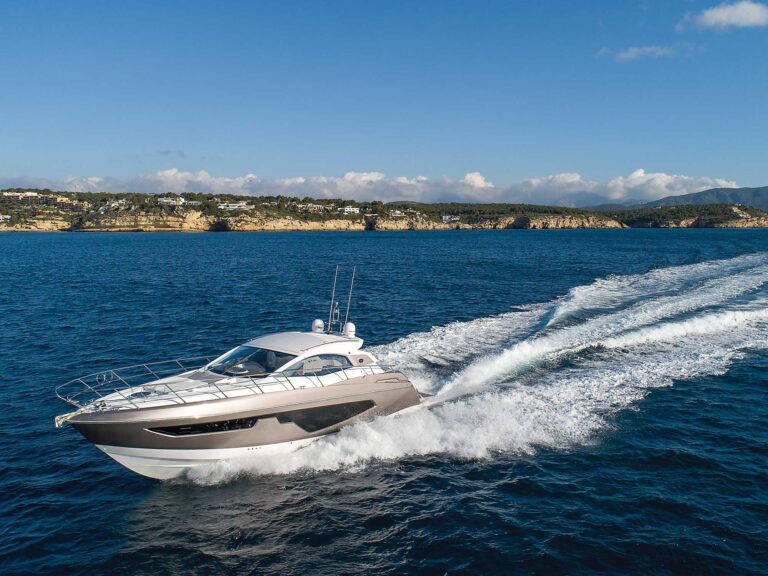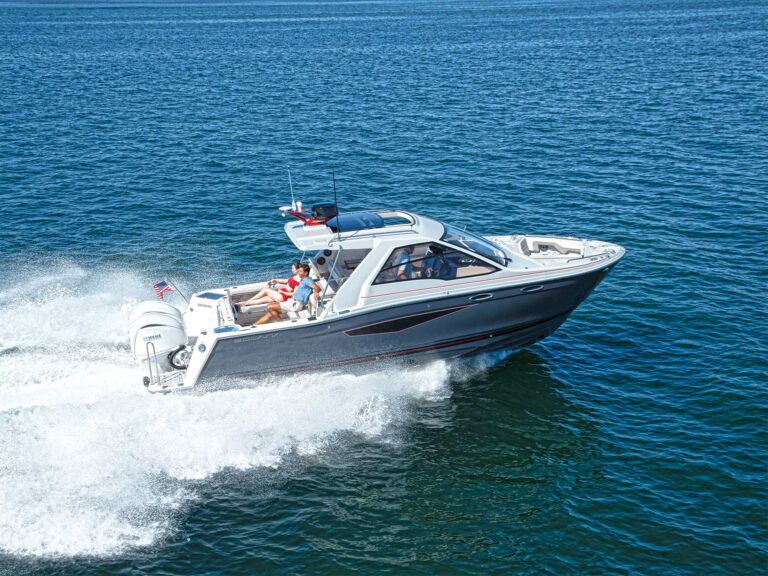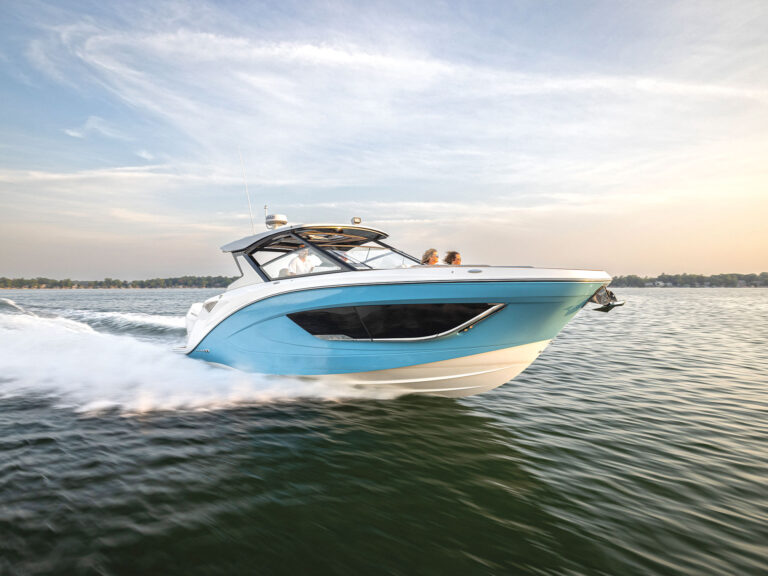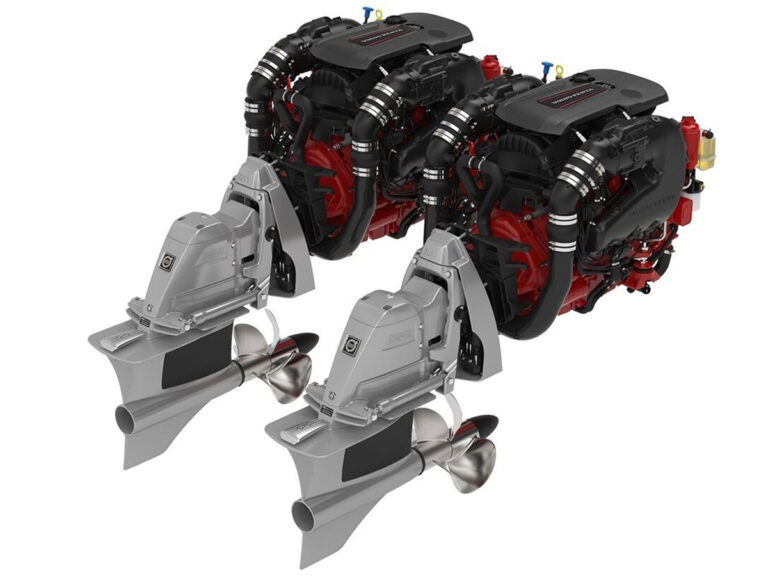Every Capt. Crunch out there can take heart. Although there is no cure-all for the perils of docking, there is mechanical help. Bow thrusters, once found only on megayachts, are now common on small and midsize boats. But with this secret weapon come questions. Which bow thruster is right for your boat? Can you retrofit your boat with a thruster? And, most important, what’s this going to cost? We talked with the world’s largest supplier of bow thrusters, Vetus den Ouden (410/712-0740, www.vetus.com), and we met the crew from Florida Bow Thrusters (866/847-8783, www.floridabowthrusters.com), who make their living installing them. Here’s what everyone had to say.
Gas or Charge? There are two basic thruster types: hydraulic and electric. Hydraulic thrusters operate continually, unlike electric models that work in short bursts. Size and where you boat are major factors in what type you choose. For boats up to 35′ LOA, a 12-volt electric thruster between 2 and 4 hp is sufficient. Boats to about 50′ require 24-volt models as powerful as 15 hp. Hydraulic thrusters can produce over 100 hp. These are best for boats longer than 60′ or where conditions warrant continuous use, such as docking on a river where there’s always current. Hydraulic thrusters install more easily on boats with existing hydraulic systems for such things as swim platforms, winches, and davits.
Electric models for boats to 35′ LOA can be wired directly into a boat’s existing 12-volt system. More powerful thrusters require a dedicated battery bank, preferably located within a few feet of the thruster to minimize voltage drop, which shortens the life of the electric motor.
The dedicated battery should be either a gel cell or AGM (absorbed glass mat) type, especially if it’s installed within, or beneath, living spaces. Lead-acid batteries produce hydrogen gas while charging, which, besides possibly harming you, will damage woodwork and upholstery. This battery needs a dedicated charger, too. Chargers for lead-acid batteries produce too much voltage and quickly kill gel cells and AGMs.
Most high-quality thruster manufacturers use square-bladed props designed to be efficient in both directions. These are usually made from tough, lightweight Delrin plastic to make turning easy while using the least amount of power.
Location, Location, Location. For maximum efficiency, a bow thruster should be located as far forward and as low as possible-but high enough so that while the boat is on plane, the thruster is out of the water to minimize drag. In rare cases, the air conditioner or water tank may need to be relocated.
Whichever thruster you choose, be sure it’s installed so that you can reach the propeller and motor in the tunnel. Do so even if this means offsetting the thruster to one side of the boat’s centerline. If you don’t, changing the zinc, applying antifouling paint, or replacing a broken prop will be impossible.
A Real Cutup. So you want to cut a big hole in your hull? Leave that job to a professional. Florida Bow Thrusters uses massive holesaws with 6′-long guiding mandrels to cut the hole for the tunnel. If your guy shows up with a jigsaw, send him packing. After cutting, the tunnel has to be fiberglassed in place inside the boat. Often, it will penetrate the stringers, but remember that an arch is one of the strongest structures. Look for wide, wrinkle-free tabs of consistent color inside the boat and smooth fairing to reduce resistance on the boat’s exterior.
Dollar Signs. Florida Bow Thrusters has developed a system for selling the whole job-parts and labor. Of course, costs vary with the size of the thruster or when electrical upgrades are required. Figure $5,000 for a 28′ midcabin cruiser, $7,500 for a 35′ express, and as much as $20,000 for that 71′ yacht that’s stolen your heart.









